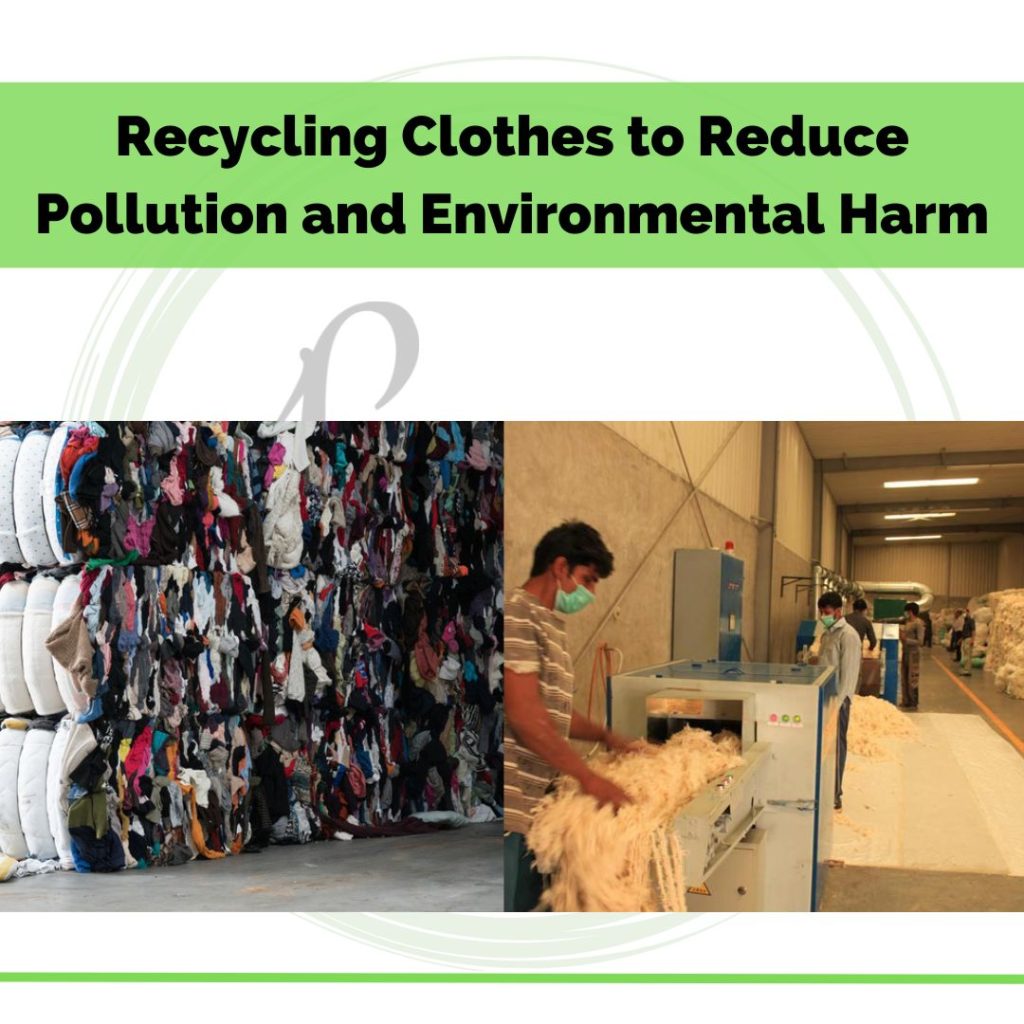
At the crux of our fashion industry lies a huge, complex challenge: environmental problems. Intense, widespread use and consumption of materials, especially textiles, leads to pollution since these natural fibre materials such as cotton, linen, wool, etc. that are tossed tend to become methane clusters, which release greenhouse gases into the atmosphere and thus contribute to climate change.
In this case scenario, recycling clothes in a bid to reduce pollution and the environmental harm is a solution we have to adopt on a war footing basis if we want to ensure that we keep environmental harm in check
Fashion: A Boon or Bane?
When it comes to fashion, we often tend to have the misconception that natural materials such as cotton and linen are better. However, these dangerous elements actually become methane gas spewers, contributing detrimentally to climate change. Likewise, polyesters and other man-made materials that take a longer time to decompose pollute land and water since they fill up the space they are a part of for a longer time. Do you know that something like spandex, which might seem like a more durable piece of clothing to you, actually takes hundreds of years to break down? If you ask me, they are essentially non-biodegradable.
So, how do we go about solving this problem? Simple. If you’ve made it so that it lasts, it has to last. That is, we must ensure that we use such polyesters properly, recycling and repurposing them in a way that meets our needs while also putting a reasonable, substantial cap on their mass production.
Let me elaborate on the positive effects of recycling clothes to reduce pollution and environmental harm through some salient pointers:
RECYCLING CLOTHES TO REDUCE POLLUTION AND ENVIRONMENTAL HARM
Saving landfill space: Consumer textile waste occupies around 6 percent of landfill waste every year. Imagine throwing away that many tonnes of clothing! Why not save that space and not clog and clutter landfills by recycling clothes on our own racks themselves? A bit of tweaking can help you do your bit for the environment, right?
- Reducing the need for newly manufactured fibres: By reusing existing textiles one can automatically reduce excessive usage of energy, chemicals, water, energy as well as several other resources, thereby leading to lesser pollution.
- Most of it is recyclable: Well, 95% of textiles are recyclable by nature, so why not choose to recycle to reduce the impact of the fast fashion industry on the environment? If it is something that you can convert and use for longer, then you must do it.
- Optimizing energy and resource usage: Well, the production of clothing uses a large amount of water as well as energy for different industries and the processes involved therein are hugely damaging and detrimental to the environment. For instance, did you know that a single pair of jeans can take up to almost 1900 gallons of water to be made? Wouldn’t that water be better suited and more beneficial to those who are in better need of it than that sole pair of jeans?
- Socially viable: The social benefits of recycling clothes are huge as well. Providing jobs to those in need, and recycling as a ground and industry in and of itself, is a great alternative, helping to meet the needs of many who may not be so well endowed.
Adopting various sustainable strategies for effective textile waste utilisation, upcycling and recycling to reduce waste, and manufacturing are some of the key essential steps that we must follow if we are to stop environmental harm and reduce climate change.
So go ahead, you guys, and follow the mantra of “reduce, reuse, and recycle” and see the impact you can have in controlling environmental harm and reducing climate change.
